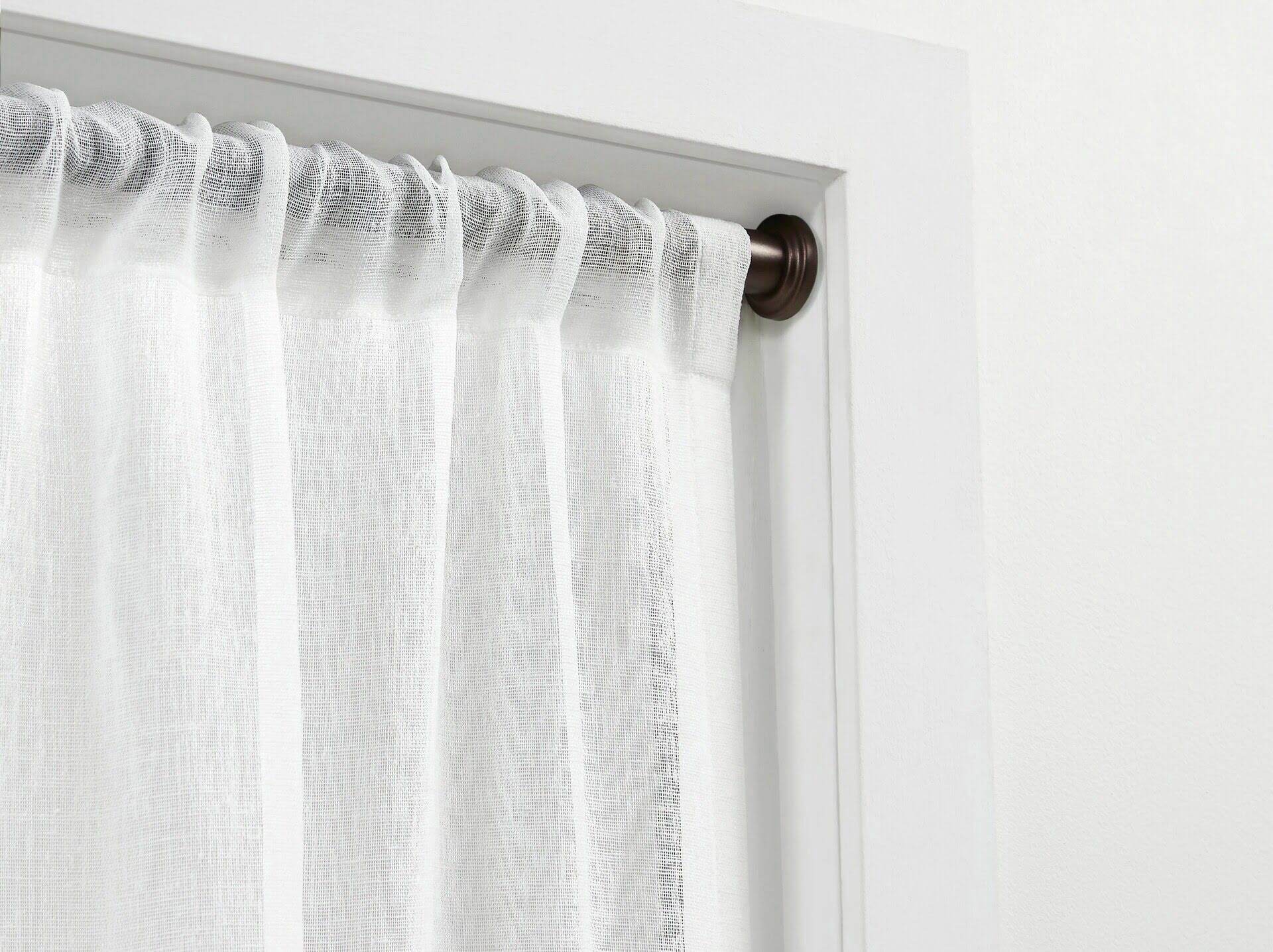

Articles
How To Hang Drapes Without Drilling Holes
Modified: January 7, 2024
Discover the best articles on how to hang drapes without drilling holes. Learn easy and innovative methods for a hassle-free curtain installation.
(Many of the links in this article redirect to a specific reviewed product. Your purchase of these products through affiliate links helps to generate commission for Storables.com, at no extra cost. Learn more)
Introduction
When it comes to decorating our homes, curtains or drapes are an essential element that adds style, privacy, and functionality to any space. However, traditional curtain installation methods like drilling holes can be challenging and sometimes not suitable, especially for those who live in rental properties or have strict lease agreements. The good news is that there are alternative methods to hang drapes without drilling holes, allowing you to achieve the desired look without compromising on convenience or risking damage to your walls.
In this article, we will explore eight different methods that will help you hang your drapes without drilling any holes. These methods range from tension rods to adhesive hooks, magnetic curtain rods, and even pressure mount curtain rods. By understanding and employing these techniques, you can enjoy the benefits of curtains or drapes in your home without the need for traditional drilling and permanent fixtures.
Key Takeaways:
- Say goodbye to drilling holes and hello to hassle-free curtain hanging! From tension rods to magnetic options, there are plenty of non-permanent methods to achieve the perfect window treatment without damaging your walls.
- Embrace versatility and convenience with non-permanent curtain hanging solutions. Whether it’s adhesive hooks, magnetic rods, or pressure mount options, you can easily customize your window treatments without the need for drilling.
Read more: How To Hang Hanging Baskets Without Drilling
Method 1: Tension Rods
Tension rods are a popular and versatile solution for hanging curtains without drilling holes. These rods utilize adjustable tension to stay securely in place between two surfaces. Here’s how you can use tension rods to hang your drapes:
- Measure the width of the window or space where you want to hang the curtains.
- Choose a tension rod that matches or slightly exceeds the measured width.
- Twist the rod to increase or decrease the tension and adjust it to fit snugly between the two walls or surfaces.
- Attach curtain rings or clips to the tension rod.
- Hang the curtains by sliding the rings or clips onto the rod.
- Adjust the tension rod as needed to ensure that the curtains hang properly and securely.
Tension rods work best for lightweight or sheer curtains. If you have heavier drapes, consider using a thicker and sturdier tension rod to provide adequate support.
One of the advantages of using tension rods is that they are easy to install and remove without leaving any damage or marks on your walls. They also offer the flexibility to adjust the height or position of the curtains whenever needed.
Note that in some cases, tension rods may not be suitable for larger or floor-to-ceiling windows, as they might not be able to support heavy curtains over extended lengths without sagging. In such cases, exploring other methods mentioned in this article might be a better option.
Method 2: Command Hooks
If you’re looking for a non-permanent solution to hang curtains without drilling holes, Command Hooks can be a great option. These adhesive hooks are designed to hold a variety of objects securely on your walls while being easy to remove without causing any damage. Here’s how you can use Command Hooks to hang your drapes:
- Clean the surface of the wall where you plan to place the Command Hooks. Make sure it is free from dust and debris.
- Choose the right size and weight capacity of Command Hooks for your curtains. Keep in mind that heavier drapes may require multiple hooks for added support.
- Position the hooks evenly along the top edge of the window frame, ensuring they are level and properly aligned.
- Apply the hooks according to the package instructions, firmly pressing them against the wall for a few seconds to create a strong bond.
- Allow the hooks to set and adhere to the wall for the recommended period mentioned in the instructions.
- Attach curtain rings or clips to the Command Hooks.
- Hang the curtains by sliding the rings or clips onto the hooks.
Command Hooks offer a reliable and damage-free solution for hanging curtains, making them an ideal choice for renters or those who prefer not to drill into their walls. However, it’s important to note that the adhesive strength of Command Hooks may vary depending on the surface and environmental conditions, so be sure to check the weight limit and follow the instructions carefully to ensure the hooks can adequately support your curtains.
If you plan to remove the Command Hooks in the future, follow the removal instructions provided by the manufacturer to avoid any damage to the wall surface.
Method 3: Magnetic Rods
If you’re looking for a hassle-free and drill-free way to hang curtains, magnetic rods can be an excellent option. These rods utilize strong magnets to hold curtains in place, providing a secure and adjustable solution. Here’s how you can use magnetic rods to hang your drapes:
- Measure the width of the window or space where you want to hang the curtains.
- Choose magnetic rods that match or slightly exceed the measured width.
- Place one magnetic rod on the front side of the window frame and the other rod on the back side, aligning them vertically.
- Allow the magnets to attract each other, effectively holding the curtains in place between the two rods.
- If necessary, adjust the position of the rods or the curtains to ensure a proper fit.
Magnetic rods are particularly useful for lightweight curtains or if you prefer a clean and minimalistic look without any visible hardware. They offer the convenience of easy installation and removal without leaving any marks or damage on your walls.
It’s important to note that magnetic rods may have weight limitations, so ensure that your curtains are within the specified weight capacity. Heavy or thick drapes may require additional support or alternative hanging methods.
Additionally, magnetic rods may not be suitable for windows with metal frames as they rely on magnetic attraction. In such cases, exploring other methods mentioned in this article would be a better choice.
Method 4: Tension Wire System
For a modern and versatile solution to hang curtains without drilling holes, consider using a tension wire system. This method uses thin wires and adjustable hardware to create a sleek and minimalistic look. Here’s how you can use a tension wire system to hang your drapes:
- Measure the width of the window or space where you want to hang the curtains.
- Install wall brackets or hardware at each end of the measured width. These brackets will hold the tension wire in place.
- Insert the tension wire through the holes or eyelets in the wall brackets.
- Stretch the wire across the brackets, ensuring it is taut and secure.
- Attach curtain rings or hooks to the wire.
- Hang the curtains by sliding the rings or hooks onto the wire.
- Adjust the tension wire as needed to ensure that the curtains hang evenly and at the desired height.
Tension wire systems are ideal for lightweight to medium-weight curtains and offer a modern and minimalist aesthetic. They provide flexibility in terms of adjusting the curtain length and height, making them suitable for various window sizes and styles.
Keep in mind that the weight capacity of tension wire systems may vary, so make sure to choose the appropriate hardware and wire thickness based on the weight of your curtains. Heavier drapes may require thicker wires and additional support to prevent sagging.
While tension wire systems are relatively easy to install and remove, ensure that the brackets and wire are properly secured to maintain stability and prevent accidents.
Use tension rods to hang drapes without drilling holes. Measure the width of your window and choose a tension rod that fits. Simply twist and adjust the rod to fit snugly inside the window frame.
Method 5: Clip Rings with Adhesive Hooks
If you’re looking for an easy and temporary solution to hang curtains without drilling holes, using clip rings with adhesive hooks can be a convenient option. This method allows you to hang curtains with minimal effort and without the need for permanent fixtures. Here’s how you can use clip rings with adhesive hooks to hang your drapes:
- Clean the surface of the wall above the window where you plan to place the adhesive hooks. Ensure that it is free from dust and debris.
- Select adhesive hooks with suitable weight capacity for your curtains. Consider the weight and thickness of your drapes to determine the appropriate hooks.
- Position the adhesive hooks evenly along the top edge of the window frame or the wall above it.
- Apply the adhesive hooks to the wall according to the manufacturer’s instructions. Press them firmly against the wall for a few seconds to ensure a strong bond.
- Attach clip rings to the top edge of your curtains.
- Hang the curtains by sliding the clip rings onto the adhesive hooks.
- Adjust the curtains and clips as needed to ensure they hang evenly and at the desired height.
Clip rings with adhesive hooks offer a temporary and versatile solution for hanging curtains without drilling any holes. They provide the flexibility to easily remove or reposition the curtains as desired. However, keep in mind that adhesive hooks may not adhere well to certain types of surfaces or in humid conditions, so ensure that you select appropriate hooks and follow the instructions provided by the manufacturer.
When removing the adhesive hooks, follow the removal instructions carefully to avoid damaging the wall surface. Adhesive hooks are generally designed to be removable without causing any damage, but it’s recommended to test a small and inconspicuous area before full-scale installation.
Method 6: Magnetic Curtain Rods
If you’re searching for a simple and convenient way to hang curtains without drilling holes, magnetic curtain rods can be the perfect solution. These rods use powerful magnets to securely hold your curtains in place, making installation and removal a breeze. Here’s how you can use magnetic curtain rods to hang your drapes:
- Measure the width of the window or space where you want to hang the curtains.
- Select magnetic curtain rods that match or slightly exceed the measured width.
- Position one rod on the front side of the window frame and the other rod on the back side, aligning them vertically.
- Allow the magnets to attract each other, creating a strong connection and holding the curtains in place between the two rods.
- Adjust the position of the rods and the curtains to achieve the desired height and look.
Magnetic curtain rods are best suited for lightweight to medium-weight curtains. They provide a clean and sleek appearance without any visible hardware, making them an excellent choice for modern and minimalist interiors. Installation is quick and hassle-free, and removal is just as easy without leaving any marks or damage on your walls.
Keep in mind that magnetic curtain rods may have weight limitations, so ensure that your curtains fall within the specified weight capacity. For heavier or thicker drapes, you may need to explore alternative hanging methods that offer more substantial support.
If your window frames are made of metal, magnetic curtain rods may not be suitable as they rely on magnetic attraction. In such cases, consider using other methods mentioned in this article for secure curtain installation.
Method 7: Velcro Strips
Velcro strips offer a practical and easy-to-use method for hanging curtains without drilling holes. This versatile fastening solution allows for quick installation and removal, making it an excellent choice for those who want a non-permanent curtain hanging option. Here’s how you can use Velcro strips to hang your drapes:
- Clean the surface of the wall and the backside of the curtain rod or header where you plan to attach the Velcro strips. Ensure that both surfaces are free from dust and debris.
- Measure and cut the Velcro strips to match the width of the curtain rod or header.
- Peel off the backing from one side of the Velcro strip and securely attach it to the backside of the curtain rod or header.
- Peel off the backing from the other side of the Velcro strip and press it firmly onto the wall in the desired position. Make sure to align it with the corresponding strip on the curtain rod/header.
- Repeat the process, attaching Velcro strips at regular intervals along the length of the curtain rod/header.
- Once the Velcro strips are in place, hang the curtain rod/header by pressing it firmly against the wall, allowing the Velcro to adhere.
By using Velcro strips, you can easily adjust the height or positioning of your curtains. This method works well for lightweight to medium-weight curtains and is particularly suitable for temporary installations or spaces where drilling is not possible or desired.
It is important to ensure that your Velcro strips have a strong adhesive backing to provide proper support for your curtains. Additionally, keep in mind that Velcro strips may not be suitable for heavy or thick drapes, as they may struggle to hold the weight over extended periods of time.
When it’s time to remove the curtains or reposition them, gently pull the Velcro strips apart to detach them from the wall. If any adhesive residue remains, follow the manufacturer’s instructions for safe removal.
Method 8: Pressure Mount Curtain Rods
If you’re looking for a sturdy and temporary solution to hang curtains without drilling holes, pressure mount curtain rods can be an ideal choice. These rods rely on tension to stay securely in place, eliminating the need for hardware or permanent fixtures. Here’s how you can use pressure mount curtain rods to hang your drapes:
- Measure the width of the window or space where you want to hang the curtains.
- Select a pressure mount curtain rod that matches or slightly exceeds the measured width.
- Hold the curtain rod at the desired height and position it within the window frame.
- Extend or compress the rod by twisting its ends until it fits snugly between the walls or window frame.
- Ensure that the pressure mount rod is securely in place by checking its stability.
- Attach curtain rings or clips to the curtain rod.
- Hang the curtains by sliding the rings or clips onto the rod.
Pressure mount curtain rods are particularly useful for lightweight to medium-weight curtains. They provide a simple and versatile solution that requires no drilling or permanent installation. These rods are adjustable, allowing you to customize the width and height to fit your specific window dimensions.
Keep in mind that pressure mount rods rely on tension to hold them in place. While they can typically support the weight of standard curtains, heavier or thicker drapes may cause the rod to sag or become unstable. Consider using additional support brackets or exploring alternative hanging methods for heavier curtains.
When it’s time to remove or reposition the curtain rod, simply twist its ends in the opposite direction to release the tension and gently lift it out of the window frame.
Before installing pressure mount curtain rods, ensure that the surfaces where the rod will be placed are clean and free from any debris. This will enhance the tension and stability of the rod.
Read more: How To Hang Lights On Brick Without Drilling
Conclusion
Hanging curtains without drilling holes can be a practical and convenient solution for those who want to add style and functionality to their living spaces. Whether you’re a renter, have strict lease agreements, or simply prefer a non-permanent installation, there are several methods available to achieve the desired look without compromising on convenience or damaging your walls.
In this article, we explored eight different methods to hang drapes without drilling holes. From tension rods and adhesive hooks to magnetic rods, tension wire systems, clip rings with adhesive hooks, magnetic curtain rods, Velcro strips, and pressure mount curtain rods, each method offers its own set of advantages and considerations.
While tension rods provide a versatile and easily adjustable option, adhesive hooks offer a damage-free installation and removal process using simple clip rings. Magnetic rods provide a sleek, minimalistic look, while tension wire systems allow for customization of curtain length and height. Velcro strips provide a temporary and adjustable solution, while pressure mount curtain rods offer a sturdy option without the need for drilling.
It’s important to choose a method that suits your specific needs, taking into consideration the weight and thickness of your curtains, the type of surface you’ll be attaching the hardware to, and any limitations or regulations that may apply.
Remember to follow the manufacturer’s instructions for each method, ensuring proper installation and adhering to weight limits and usage guidelines to maintain the longevity and effectiveness of the curtain hanging solution.
By exploring these non-permanent and hole-free options, you can enjoy the benefits of curtains or drapes in your home while preserving the integrity of your walls and maintaining the flexibility to update or change your window treatments whenever desired.
Frequently Asked Questions about How To Hang Drapes Without Drilling Holes
Was this page helpful?
At Storables.com, we guarantee accurate and reliable information. Our content, validated by Expert Board Contributors, is crafted following stringent Editorial Policies. We're committed to providing you with well-researched, expert-backed insights for all your informational needs.
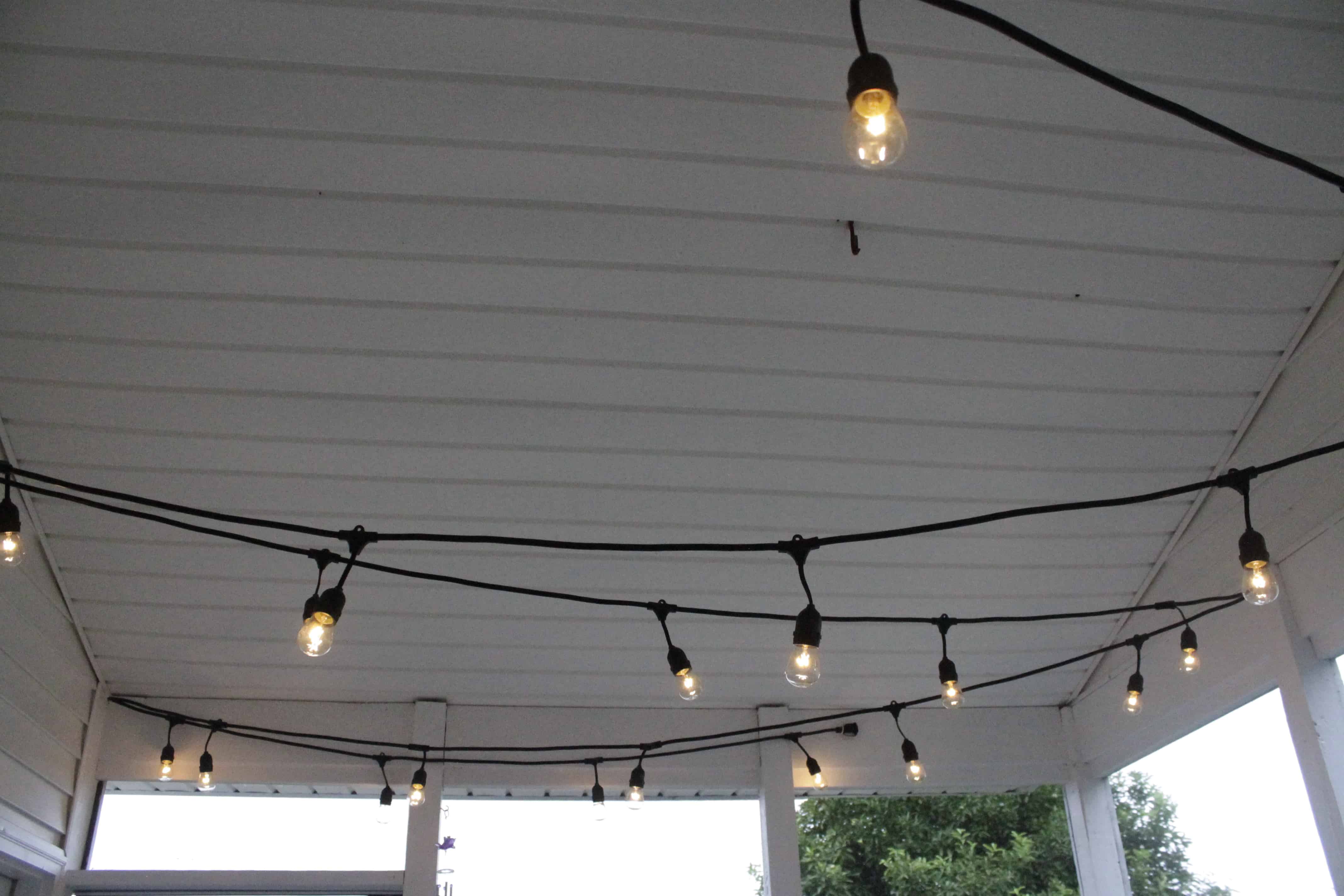
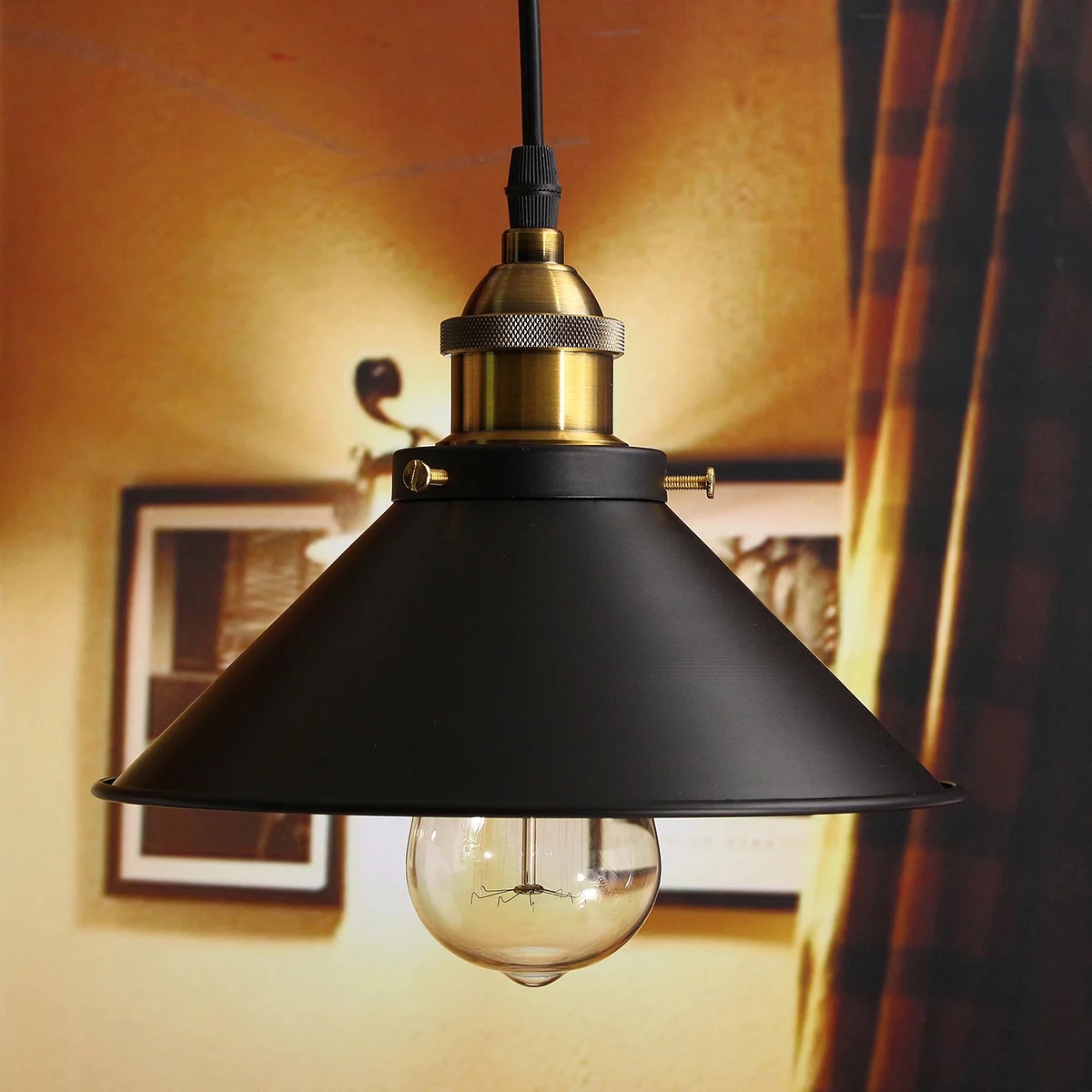
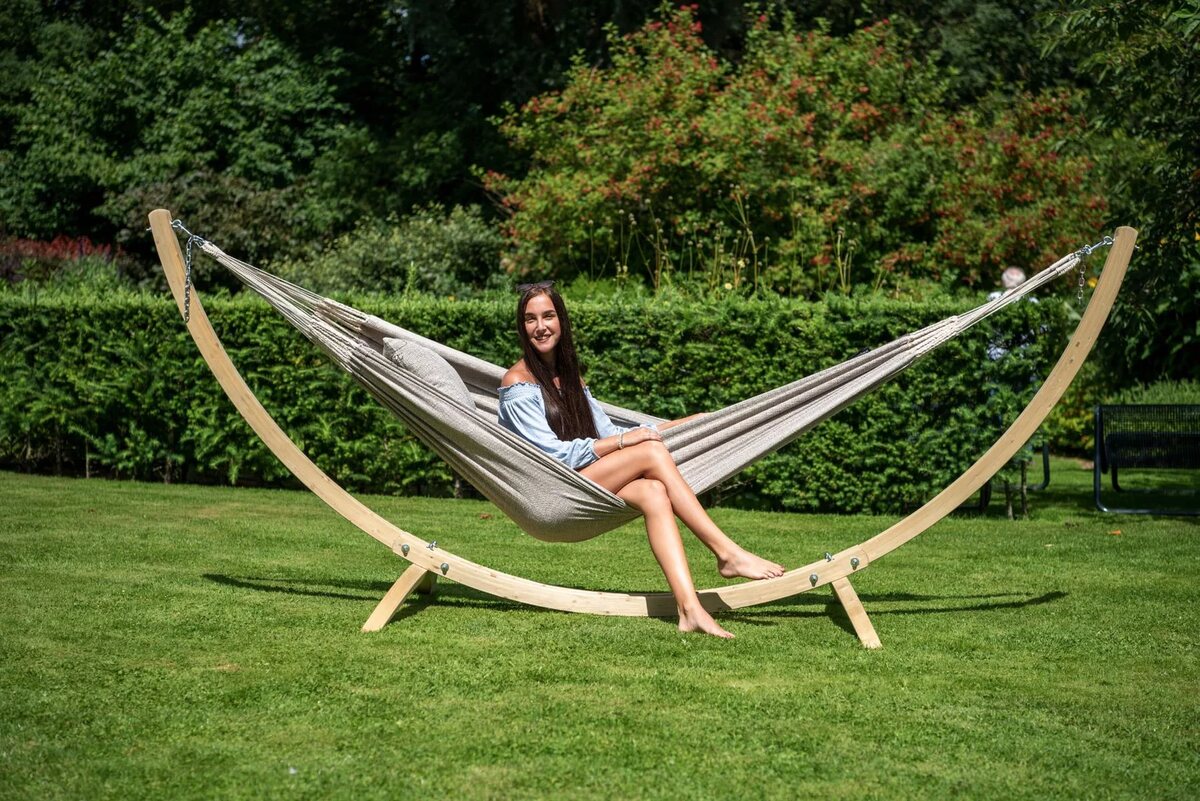
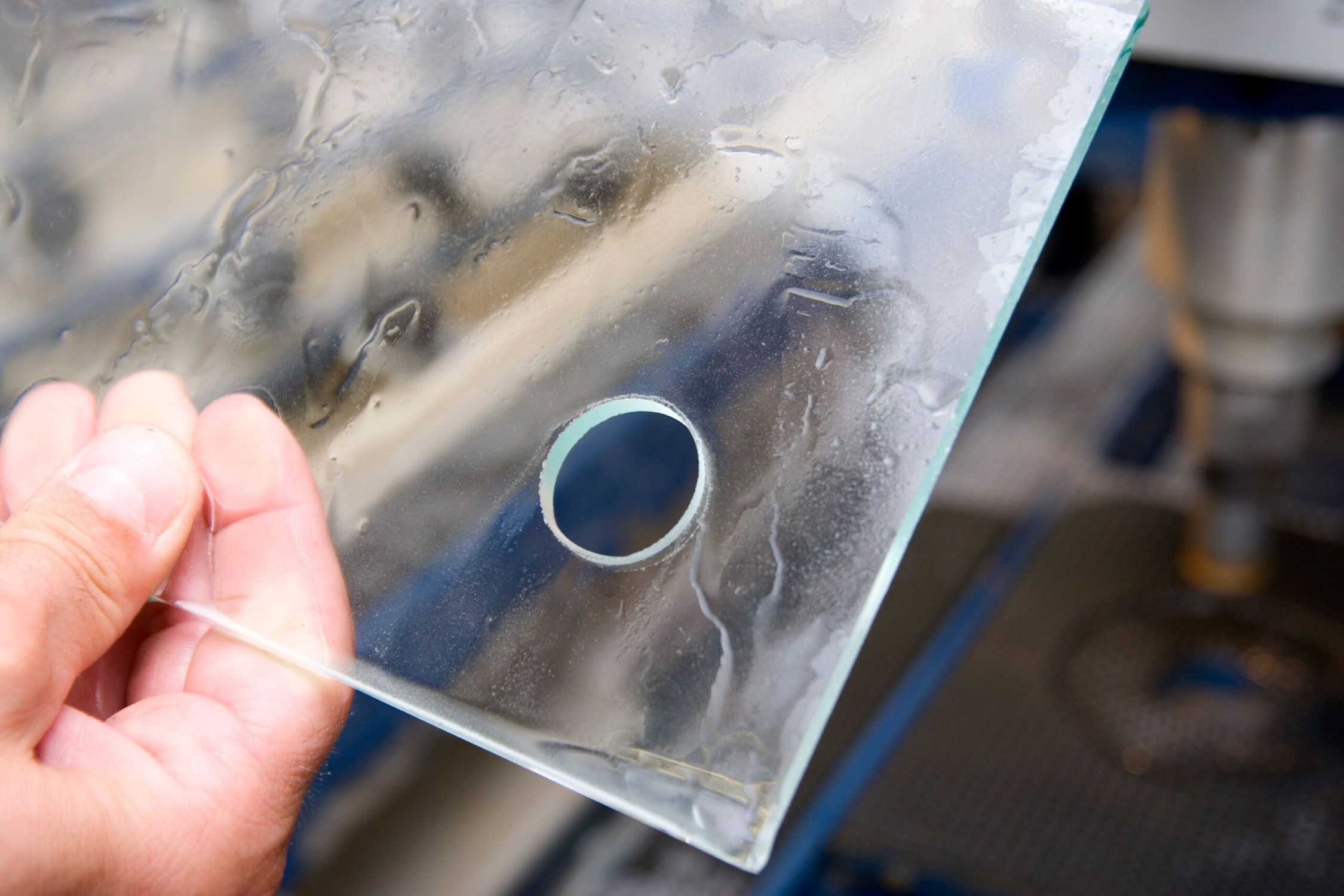
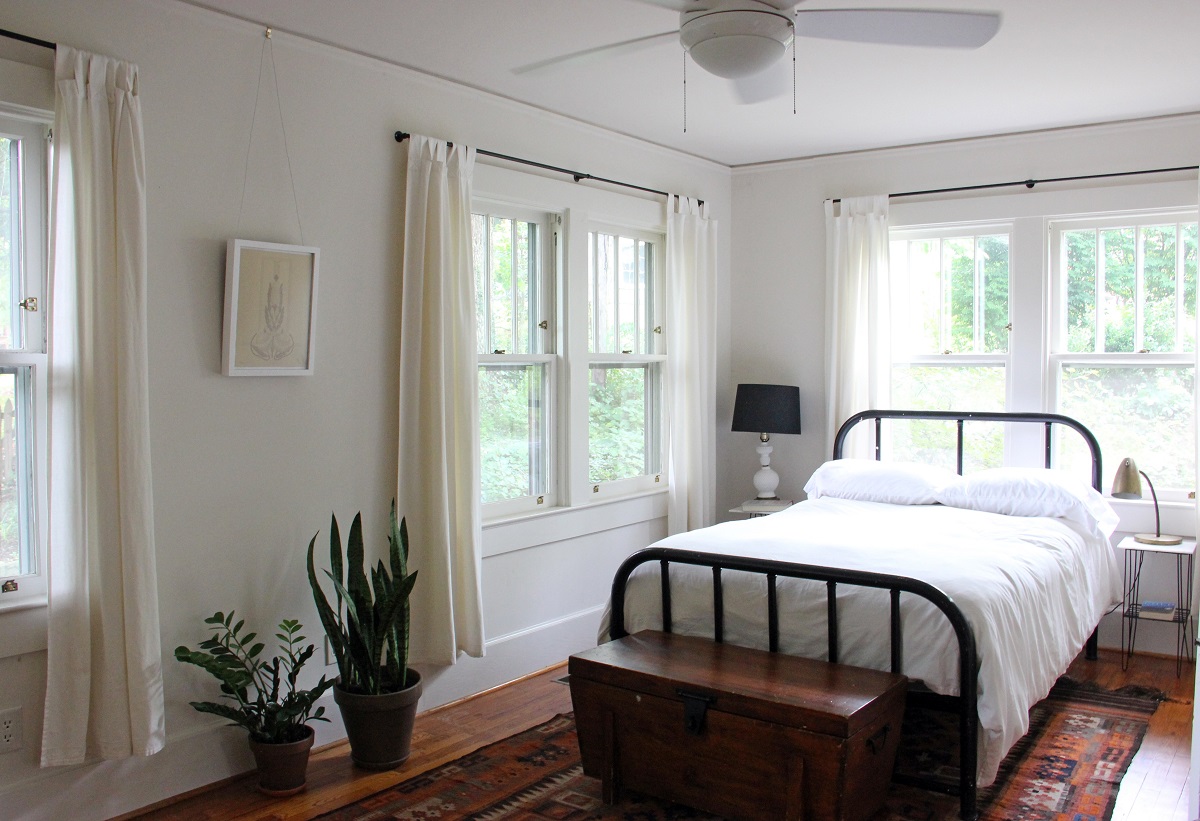
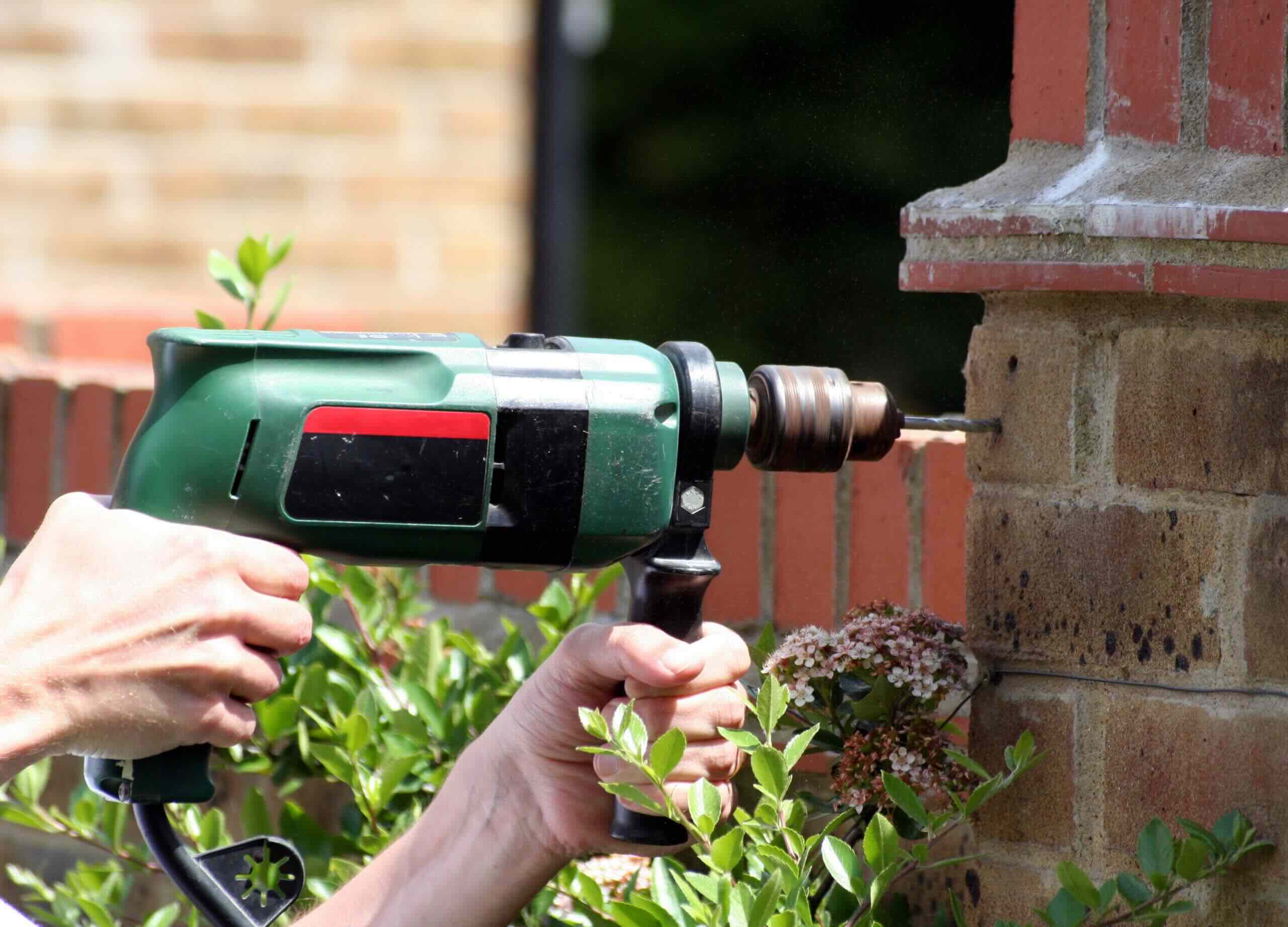
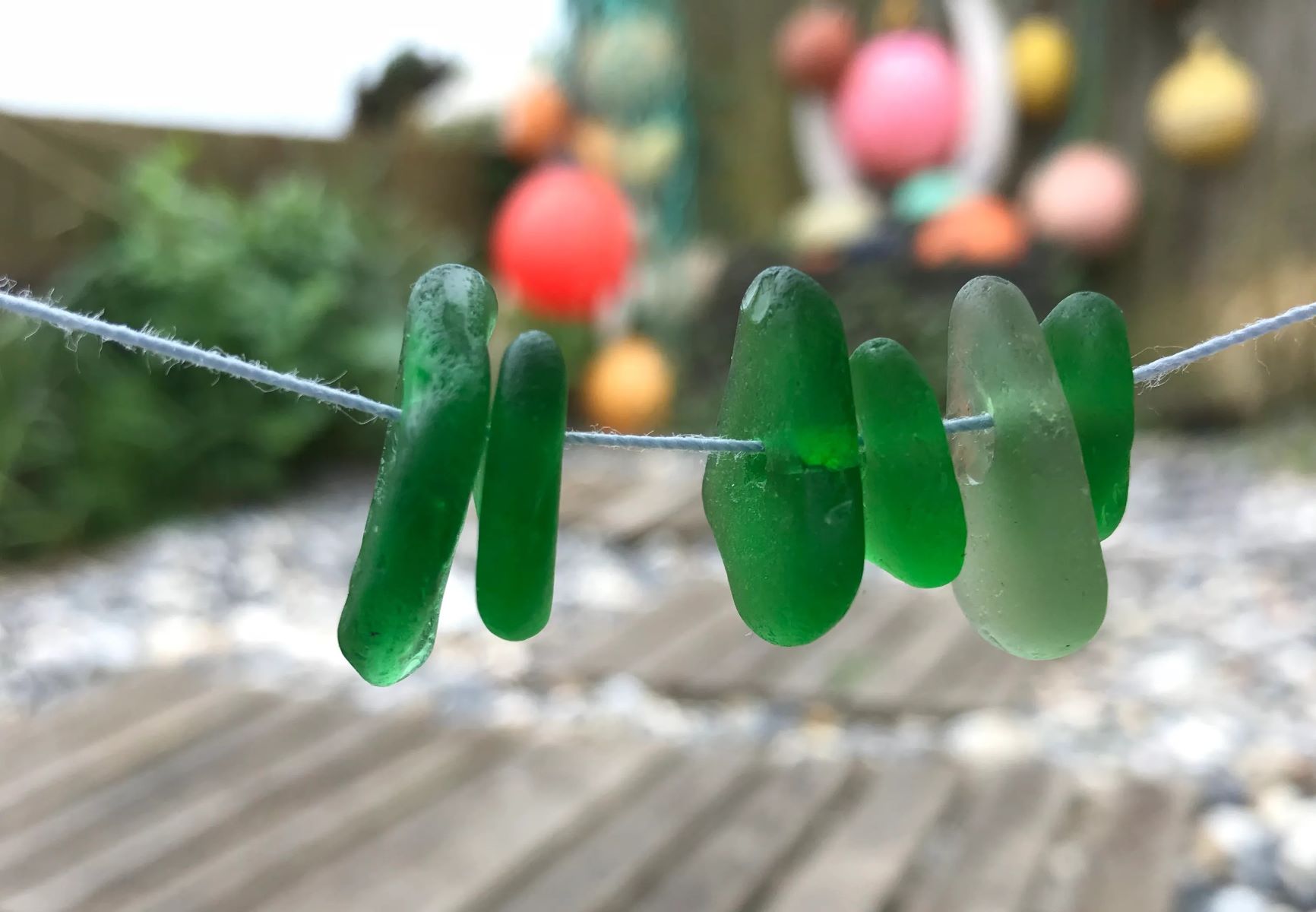
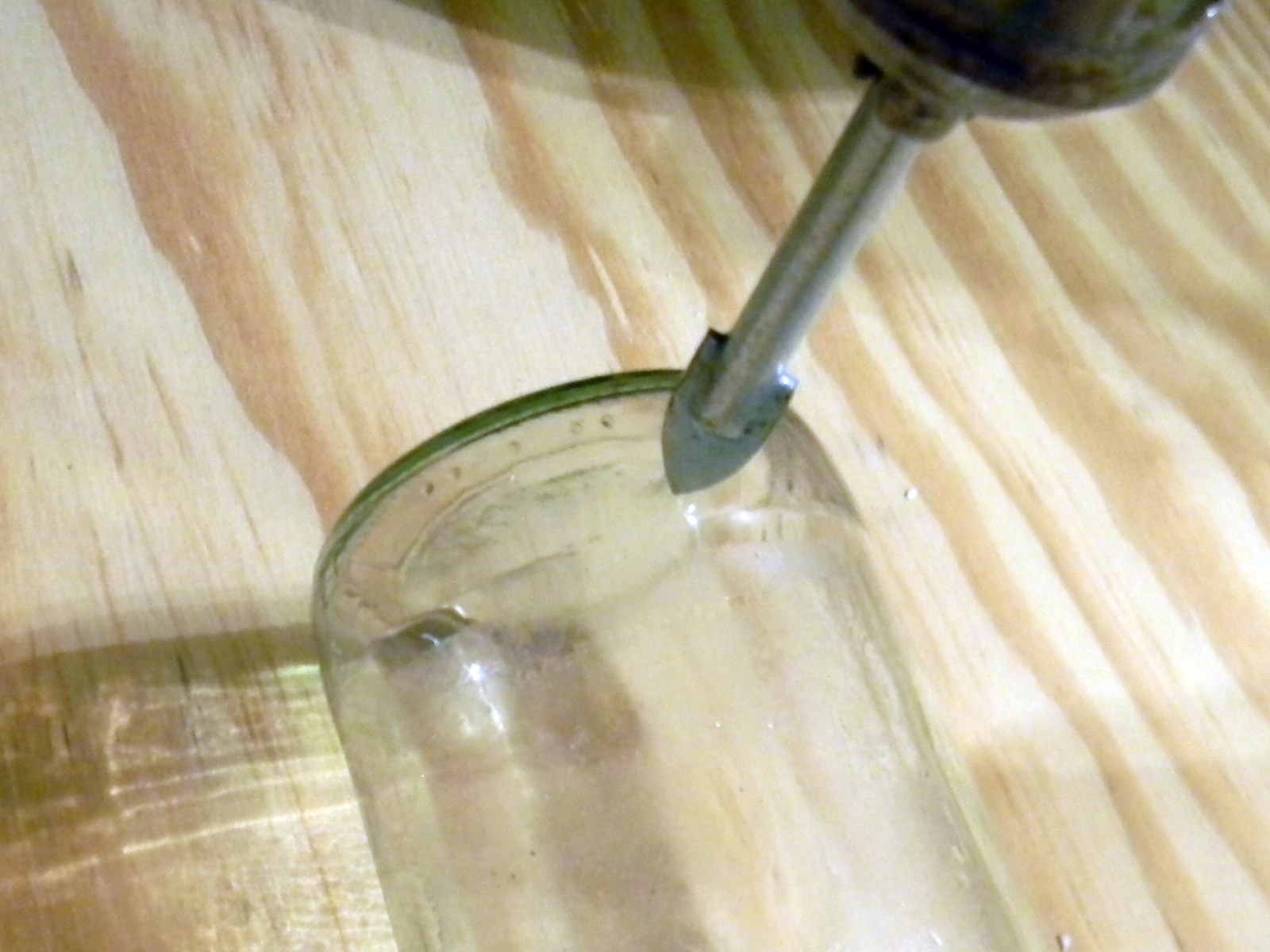
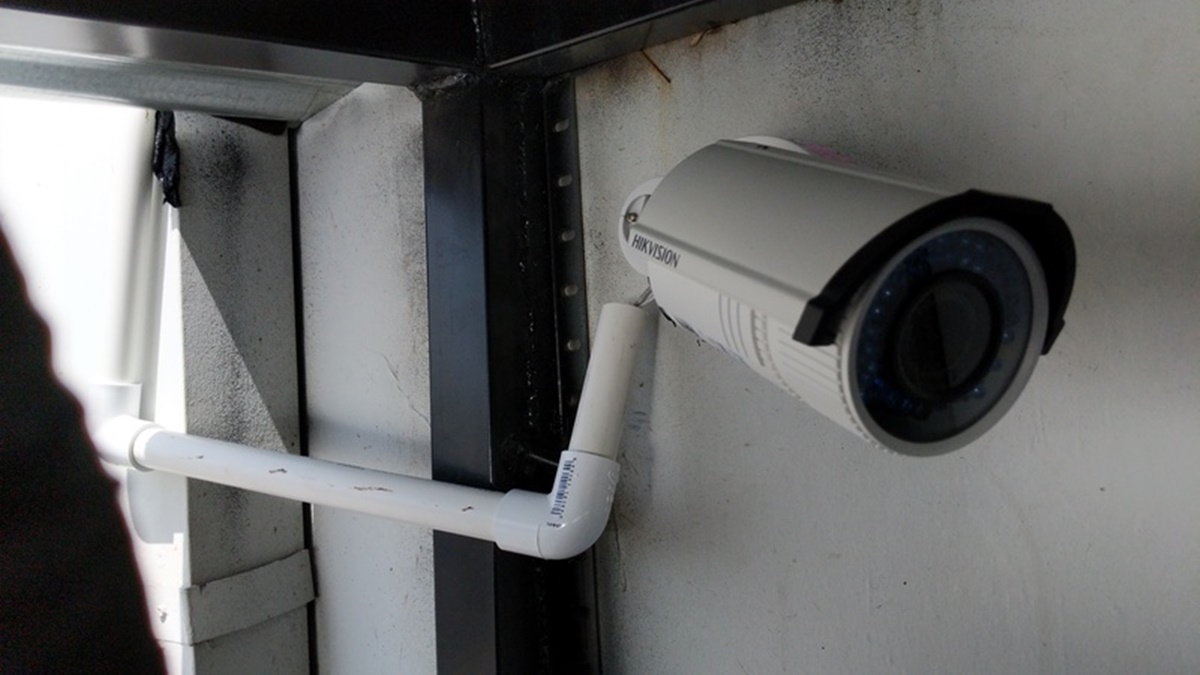
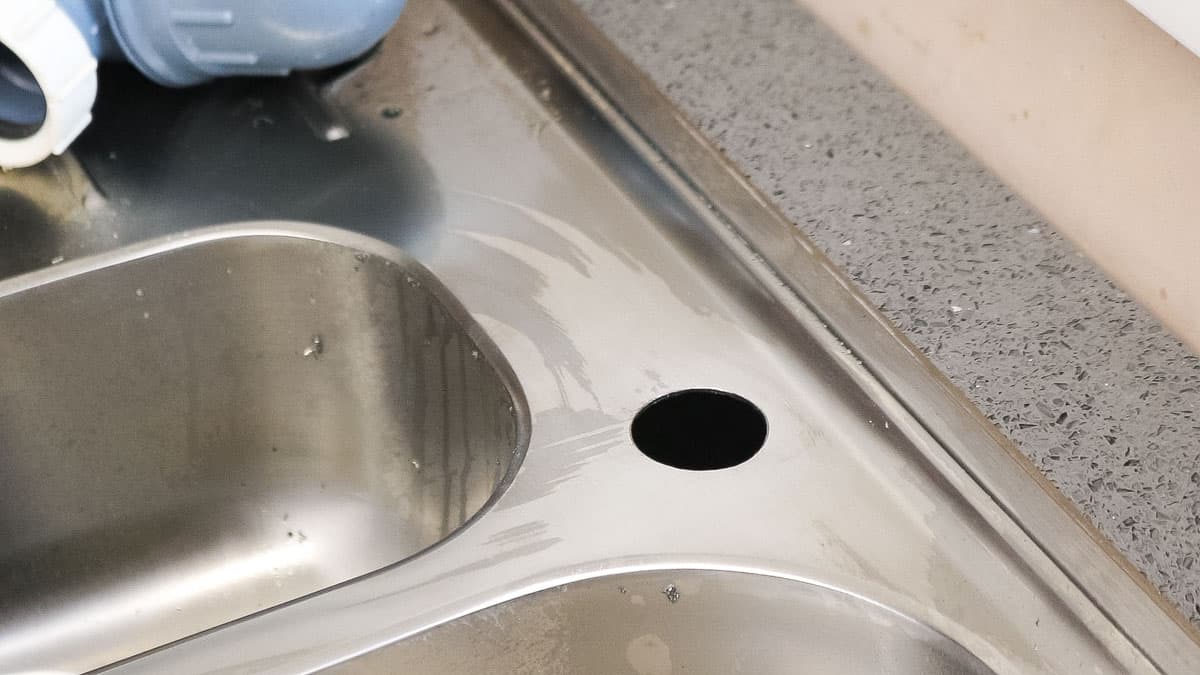

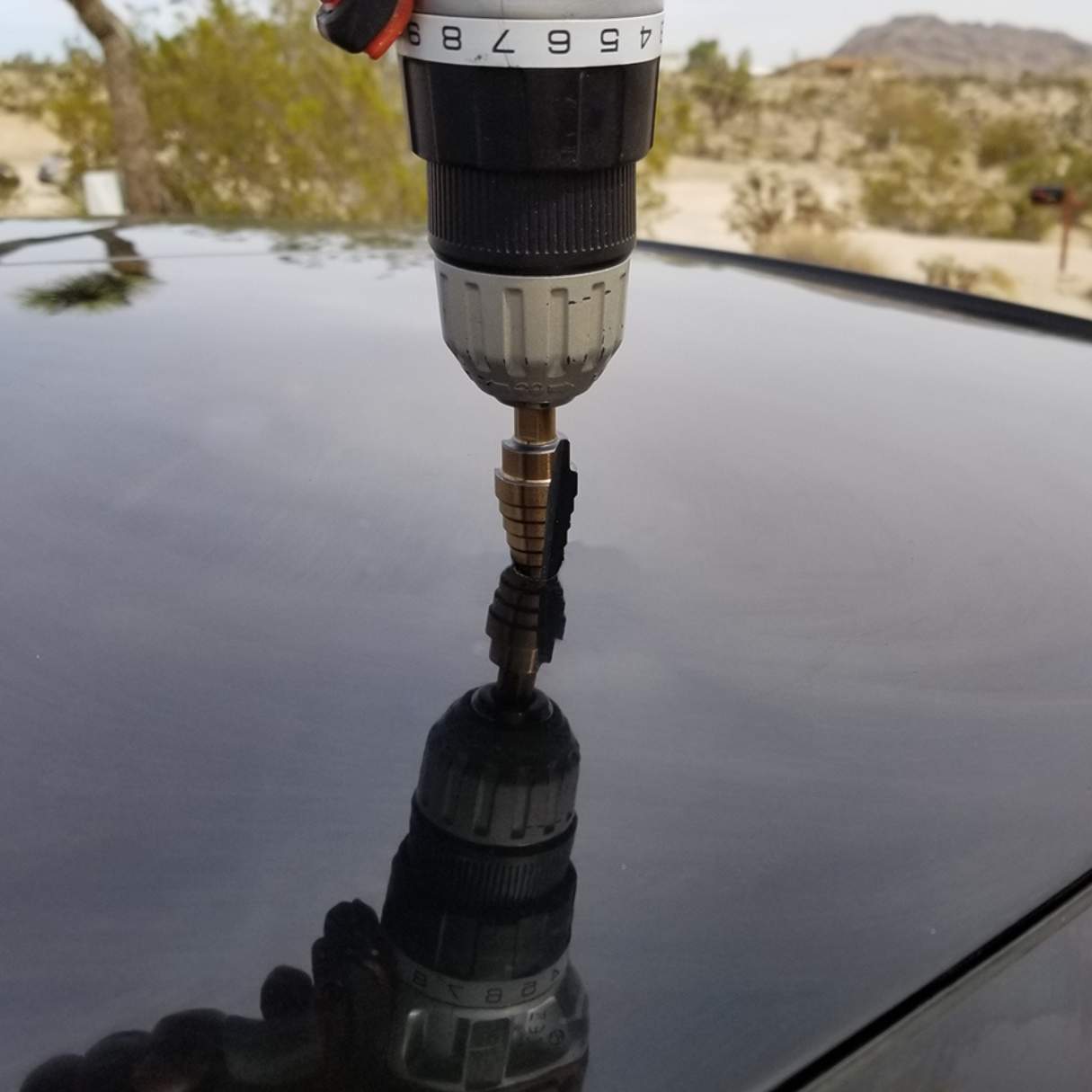


0 thoughts on “How To Hang Drapes Without Drilling Holes”